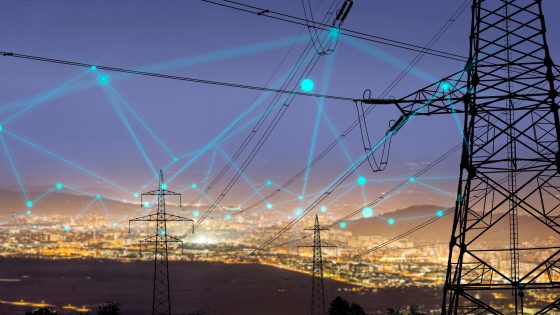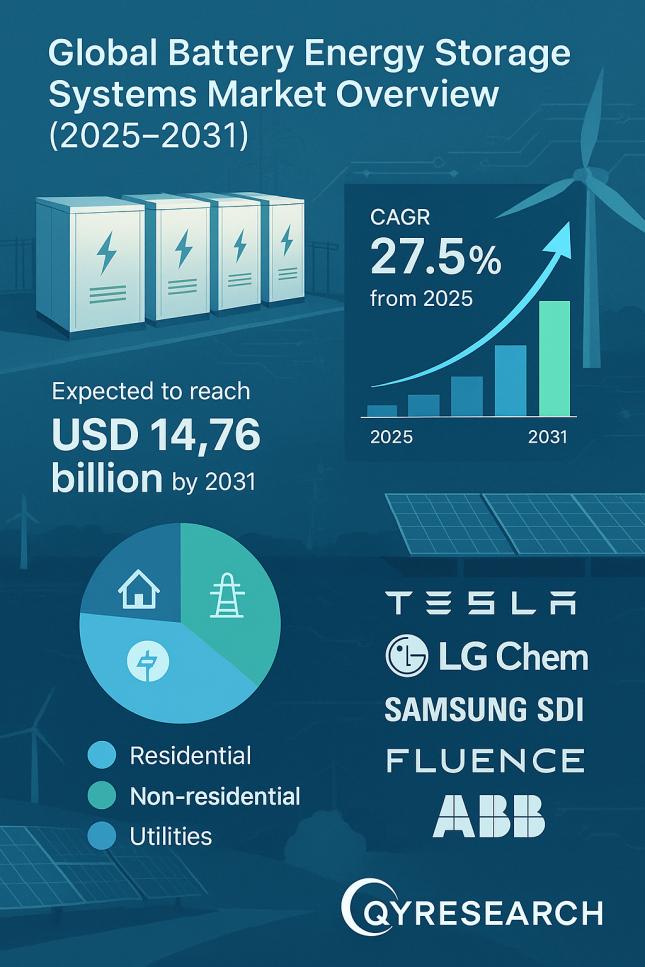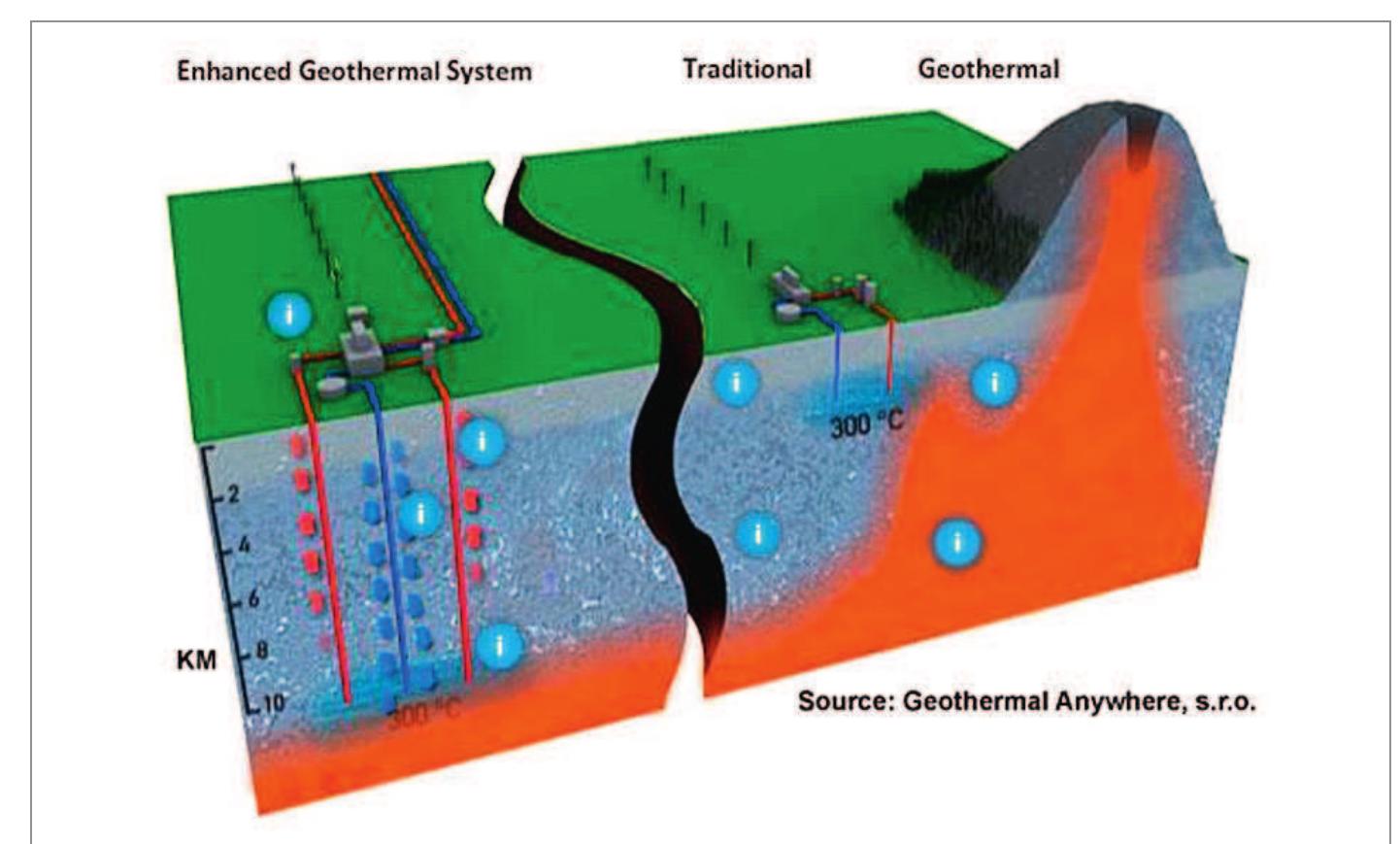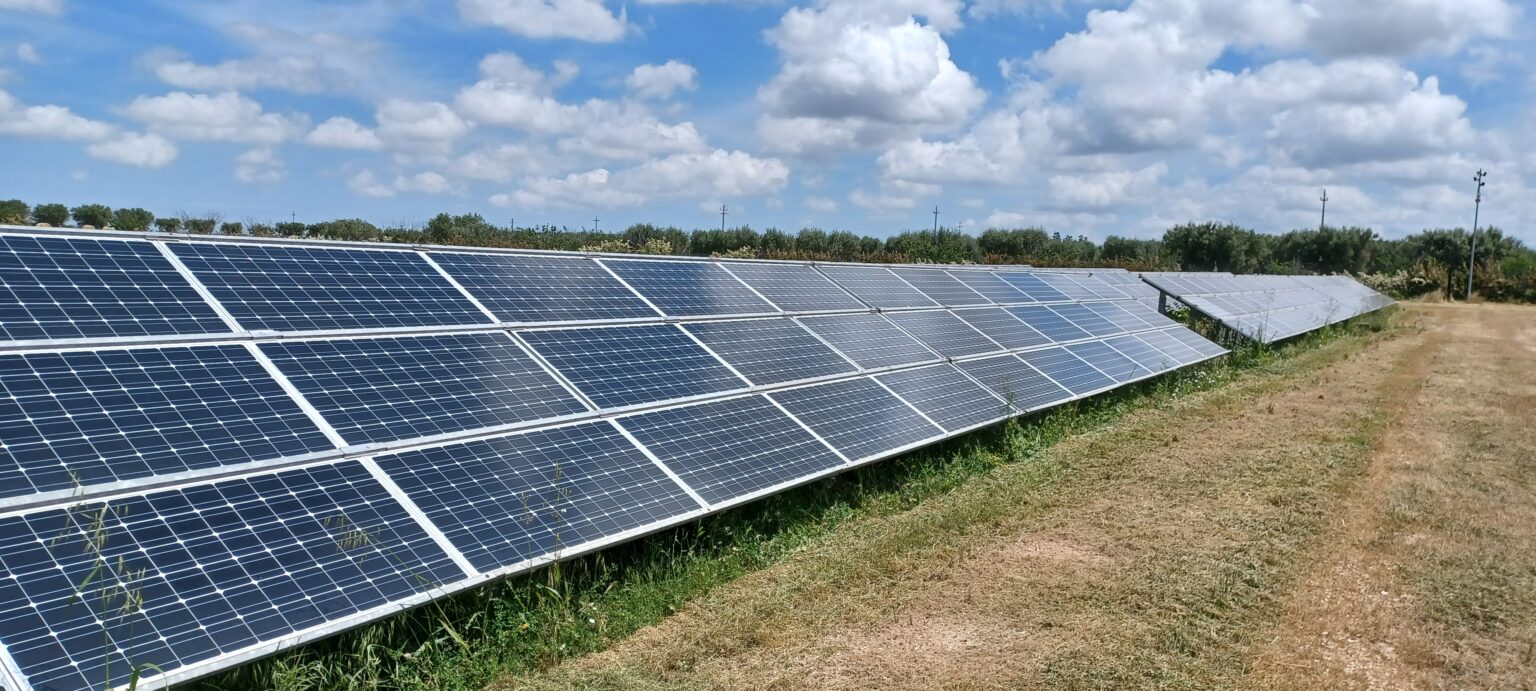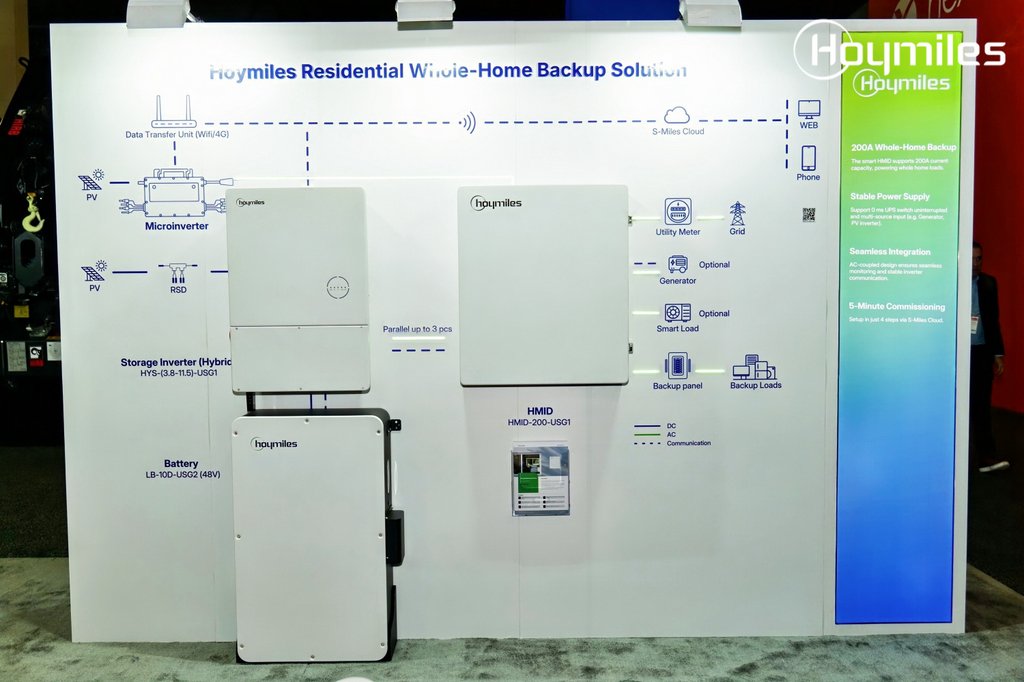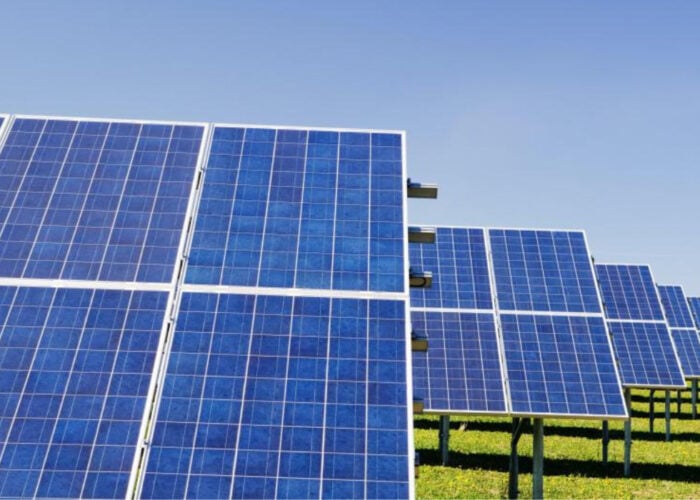Report on Conduit Power’s Contribution to Sustainable Development through Innovative Remote Operations
Executive Summary
This report analyzes the operational model of Conduit Power, an independent power producer (IPP), and its strategic implementation of a cloud-based Supervisory Control and Data Acquisition (SCADA) and Generation Management System (GMS). The case highlights a significant alignment with several United Nations Sustainable Development Goals (SDGs), particularly in the areas of energy, infrastructure, and climate action. By leveraging a collaboration between Hitachi Energy and Amazon Web Services (AWS), Conduit Power has established a cost-effective, resilient, and scalable framework for managing renewable power plants remotely, thereby advancing a sustainable energy future.
Technological Framework and Implementation
Conduit Power’s core strategy involves deploying Hitachi Energy’s Network Manager SCADA/GMS solution on the AWS cloud. This approach circumvents the substantial capital investment and time required for building and maintaining on-premises data centers. The implementation offers a model of efficiency and agility for new entrants in the power generation sector.
- Deployment Timeline: The system was fully operational in under six months.
- Cost Efficiency: The cloud-based deployment was achieved at approximately one-third of the cost of a typical on-premises installation.
- Operational Scope: The solution enables centralized monitoring and control of all Texas-based plant control units (PCUs) and assets from a single control room in Houston, eliminating the need for site-specific control facilities.
Alignment with Sustainable Development Goals (SDGs)
Conduit Power’s operational model directly contributes to the advancement of key SDGs through its focus on technology-driven, sustainable energy production.
-
SDG 7: Affordable and Clean Energy
The company’s mission to provide co-located power generation helps customers lower energy costs and reduce carbon emissions. The remote management of renewable power plants enhances operational efficiency, making clean energy more reliable and economically viable, thus supporting the global transition to sustainable energy systems.
-
SDG 9: Industry, Innovation, and Infrastructure
The adoption of a cloud-based operational technology system represents a significant innovation in the energy sector. This approach builds resilient, reliable, and sustainable infrastructure without the prohibitive costs of traditional models. It provides a scalable digital foundation that allows the company to expand its clean energy footprint intelligently, fostering sustainable industrialization.
-
SDG 11: Sustainable Cities and Communities & SDG 13: Climate Action
The system’s inherent resilience is critical for climate adaptation. During Hurricane Beryl, the remote management capabilities allowed for uninterrupted operations from decentralized locations, ensuring continuous service during a federally declared disaster. This demonstrates a robust infrastructure capable of withstanding climate-related disruptions, contributing to community resilience and directly supporting climate action by ensuring the consistent operation of renewable energy assets.
Key Operational and Economic Benefits
The strategic decision to utilize a cloud-based infrastructure provides Conduit Power with a distinct competitive advantage and a sustainable growth model.
- Scalability: The digital infrastructure can be expanded in minutes to manage larger facilities, aligning IT footprint with business growth without requiring massive upfront investment.
- Resilience and Security: The AWS cloud architecture provides built-in redundancy, disaster recovery, and security services that meet extensive compliance requirements, such as those from NERC.
- Operational Flexibility: The ability to monitor and control power plant components from any location enhances agility and ensures continuous operations, even during severe disruptions.
- Cost Management: By avoiding the construction and management of a physical data center, the company significantly reduces capital and operational expenditures, a critical factor for a startup entity.
Analysis of Sustainable Development Goals (SDGs) in the Article
1. Which SDGs are addressed or connected to the issues highlighted in the article?
- SDG 7: Affordable and Clean Energy – The article focuses on the operation of power plants, including renewable ones, and aims to lower energy costs and reduce carbon emissions.
- SDG 9: Industry, Innovation, and Infrastructure – The core of the article is about using innovative technology (a cloud-based SCADA/GMS solution) to build and manage resilient, reliable, and scalable energy infrastructure.
- SDG 11: Sustainable Cities and Communities – The article highlights the importance of resilient infrastructure that can withstand natural disasters, such as a hurricane, ensuring continuous service for communities.
- SDG 13: Climate Action – The article discusses the mission to reduce carbon emissions and the need to strengthen resilience to climate-related hazards like hurricanes.
2. What specific targets under those SDGs can be identified based on the article’s content?
-
SDG 7: Affordable and Clean Energy
- Target 7.2: By 2030, increase substantially the share of renewable energy in the global energy mix.
Explanation: The article’s headline explicitly mentions Conduit Power’s business of “operating renewable power plants,” directly contributing to increasing the share of renewable energy. - Target 7.a: By 2030, enhance international cooperation to facilitate access to clean energy research and technology… and promote investment in energy infrastructure and clean energy technology.
Explanation: The article describes a collaboration between Hitachi Energy and Amazon Web Services (AWS) to provide a modern, cloud-based solution. This technology facilitates the efficient management of power plants, including renewables, and enables a startup like Conduit Power to invest in and expand its energy infrastructure cost-effectively.
- Target 7.2: By 2030, increase substantially the share of renewable energy in the global energy mix.
-
SDG 9: Industry, Innovation, and Infrastructure
- Target 9.1: Develop quality, reliable, sustainable and resilient infrastructure… to support economic development and human well-being.
Explanation: The article details how the cloud-based solution provides a “secure, reliable, resilient, and scalable way” to operate power plants. The system’s ability to ensure “continuous service” during Hurricane Beryl is a direct example of resilient infrastructure. - Target 9.4: By 2030, upgrade infrastructure and retrofit industries to make them sustainable, with increased resource-use efficiency and greater adoption of clean and environmentally sound technologies.
Explanation: Conduit Power is described as a startup that built its “digital infrastructure from scratch and run it in the cloud.” This represents a significant upgrade from traditional on-premises data centers, leading to greater efficiency (one-third the cost, operational in under six months) and supporting the company’s mission to “reduce carbon emissions.”
- Target 9.1: Develop quality, reliable, sustainable and resilient infrastructure… to support economic development and human well-being.
-
SDG 11: Sustainable Cities and Communities
- Target 11.5: By 2030, significantly reduce… the direct economic losses… caused by disasters… with a focus on protecting the poor and people in vulnerable situations.
Explanation: The article provides a specific case where the remote management system proved its value during Hurricane Beryl, a “federally declared disaster.” By maintaining operations and “ensuring continuous service across plants,” the system helped mitigate the economic and social disruption caused by the disaster.
- Target 11.5: By 2030, significantly reduce… the direct economic losses… caused by disasters… with a focus on protecting the poor and people in vulnerable situations.
-
SDG 13: Climate Action
- Target 13.1: Strengthen resilience and adaptive capacity to climate-related hazards and natural disasters in all countries.
Explanation: The system’s ability to allow operators to manage power plants remotely from their homes during Hurricane Beryl demonstrates enhanced resilience and adaptive capacity. It ensured that a climate-related hazard did not shut down critical energy infrastructure.
- Target 13.1: Strengthen resilience and adaptive capacity to climate-related hazards and natural disasters in all countries.
3. Are there any indicators mentioned or implied in the article that can be used to measure progress towards the identified targets?
-
For SDG 7 Targets
- Indicator: Capacity of renewable energy generation (in megawatts).
Explanation: The article mentions that the company “operates plants that generate less than 100 megawatts (MW) of power” and that these include renewable plants. Tracking the growth of this MW capacity would measure progress towards Target 7.2. - Indicator: Reduction in energy costs for consumers.
Explanation: A core mission for Conduit is to provide services that “help companies lower energy costs.” Measuring the cost savings achieved by their customers would be a direct indicator of progress.
- Indicator: Capacity of renewable energy generation (in megawatts).
-
For SDG 9 Targets
- Indicator: Investment in modern infrastructure and deployment time.
Explanation: The article states the cloud-based system was deployed at “approximately a third of the cost of a typical on-premises deployment” and was “operationalized in under six months.” These metrics on cost and time efficiency serve as indicators of adopting advanced and efficient infrastructure. - Indicator: Operational uptime and reliability of energy infrastructure.
Explanation: The article emphasizes the need for plants to be “operating at peak performance 24 hours a day, seven days a week.” The successful maintenance of “continuous service” during a hurricane is a qualitative indicator of the system’s reliability and resilience.
- Indicator: Investment in modern infrastructure and deployment time.
-
For SDG 11 & 13 Targets
- Indicator: Continuity of essential services during natural disasters.
Explanation: The article explicitly describes how the system enabled continuous operations during Hurricane Beryl. The ability to maintain power generation during such an event is a key indicator of resilience and adaptive capacity to climate-related disasters.
- Indicator: Continuity of essential services during natural disasters.
4. Summary Table of SDGs, Targets, and Indicators
| SDGs | Targets | Indicators |
|---|---|---|
| SDG 7: Affordable and Clean Energy |
|
|
| SDG 9: Industry, Innovation, and Infrastructure |
|
|
| SDG 11: Sustainable Cities and Communities |
|
|
| SDG 13: Climate Action |
|
|
Source: hitachienergy.com
